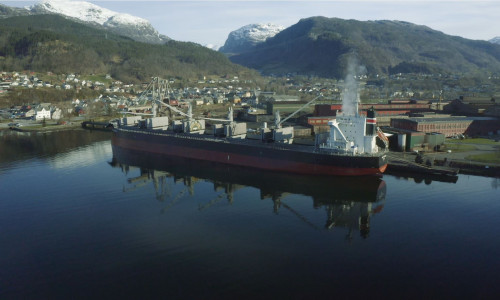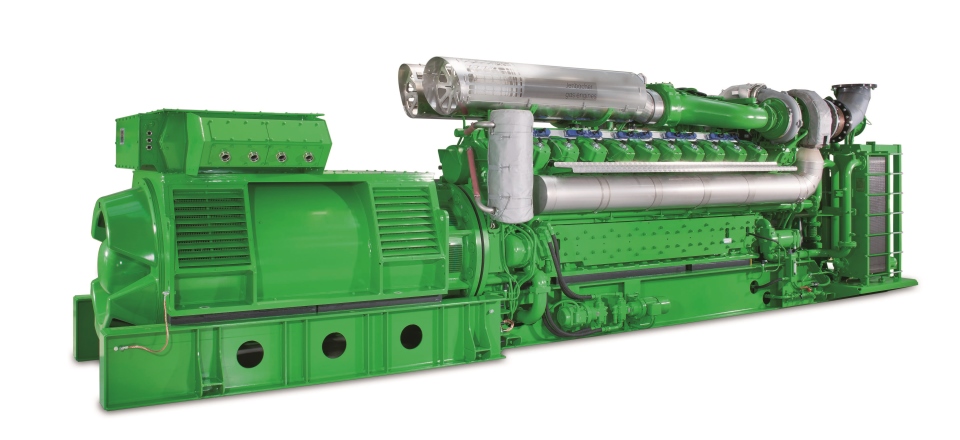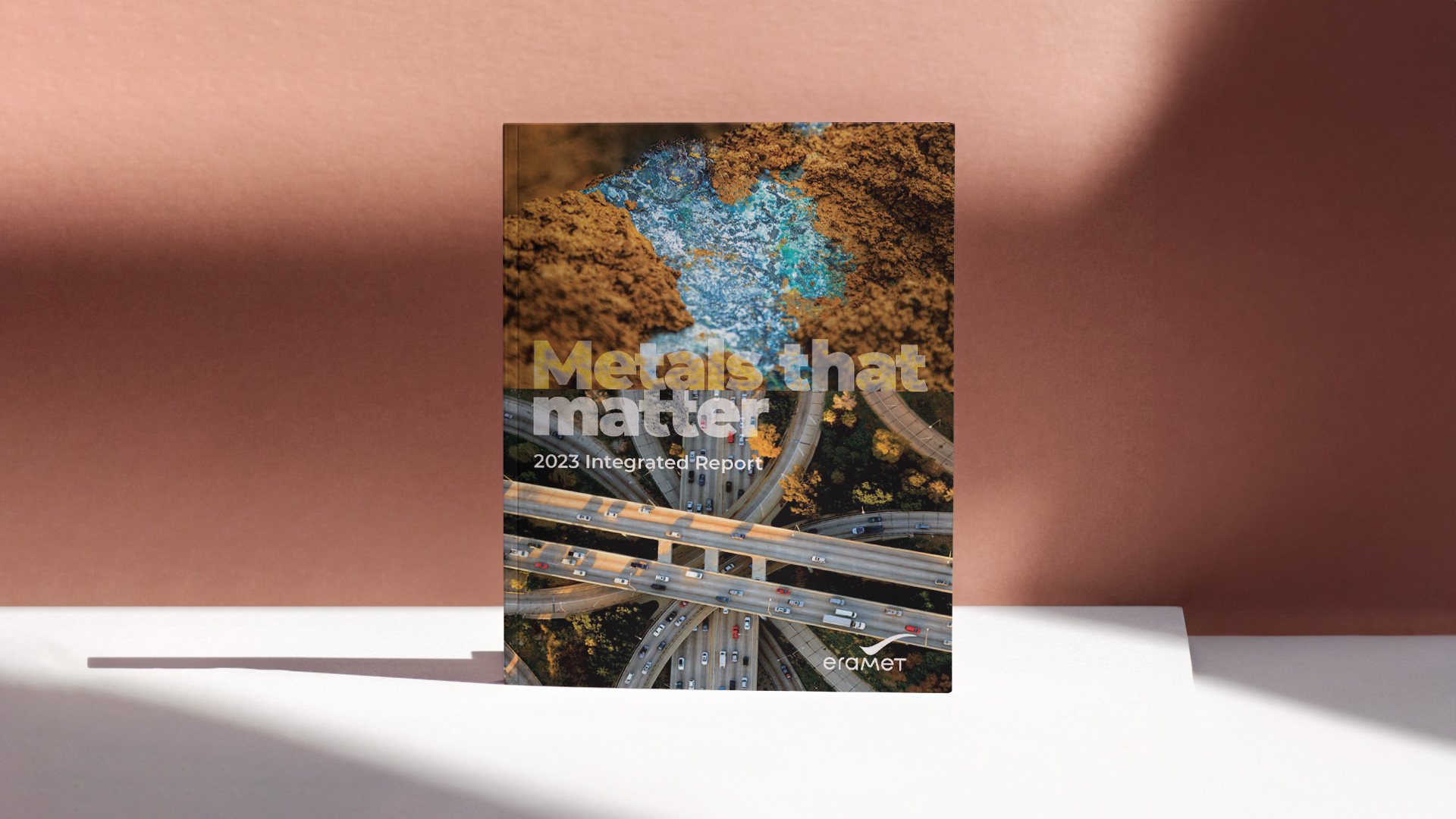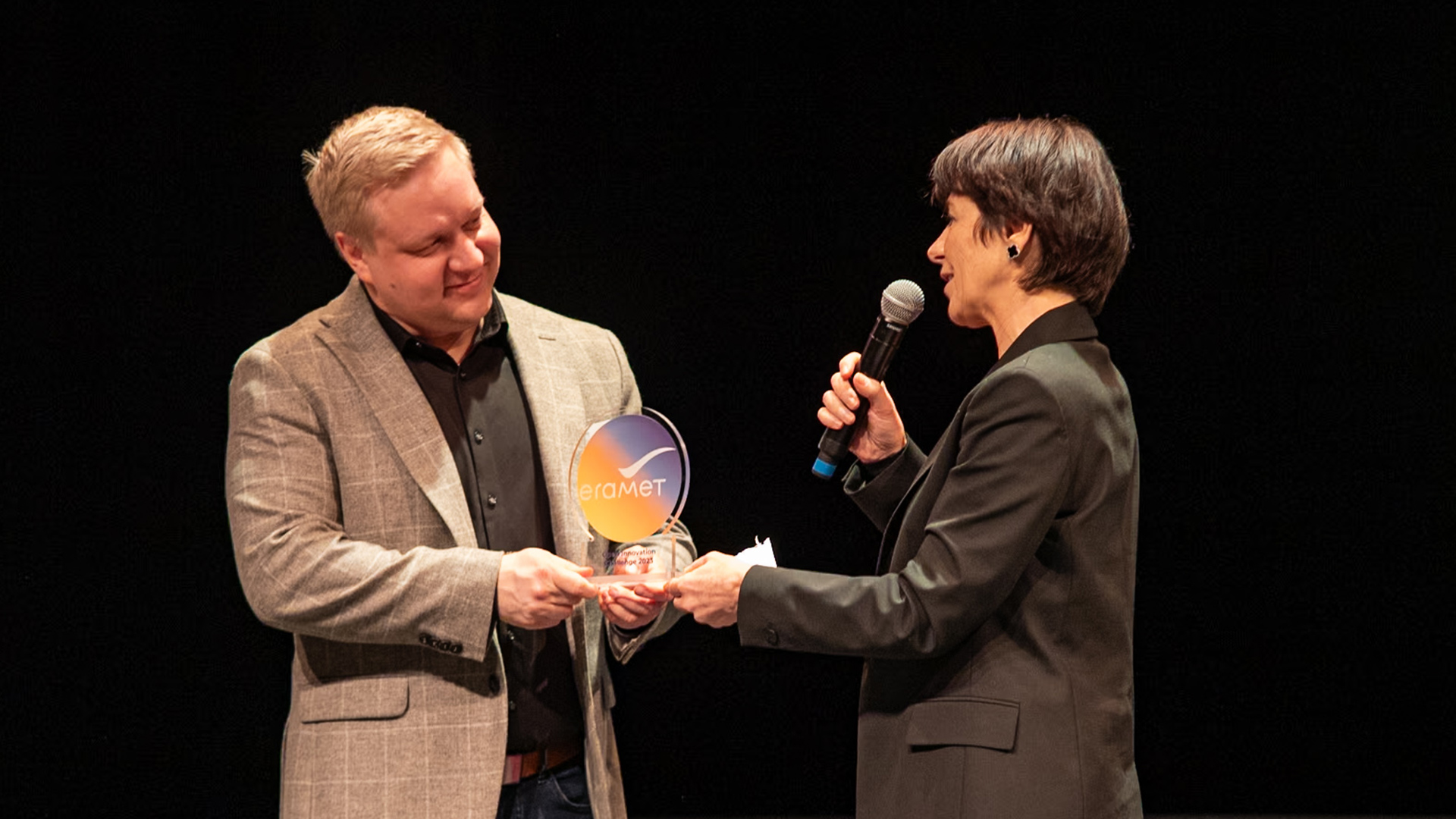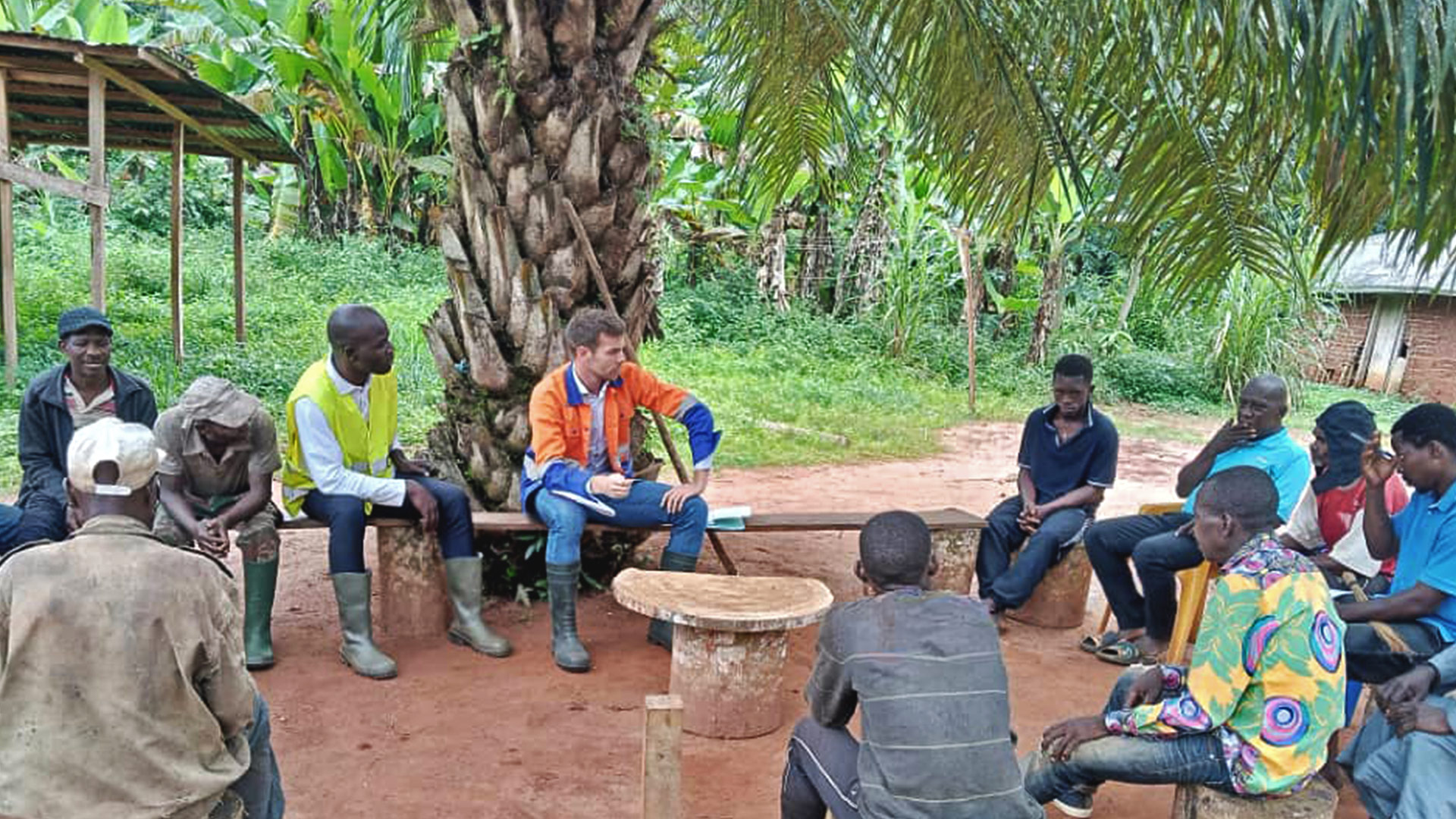Eramet Norway aims to improve its climate footprint with its new project: an energy recovery and transformation system using furnace gas. Let’s zoom in on this ground breaking project.
After launching a pioneering project on sustainable sea transport, Eramet Norway is now setting its sights on increasing its energy savings. Eramet Norway Sauda has indeed signed a contract with Clarke Energy, a multinational company specialising in energy production systems, to build a gas engine, called an Energy Recovery Unit (ERU). The ERU will use furnace gas to produce electric and thermal energy. The project has also received the support of the Norwegian authorities.
“The project, supported by Enova’s industrial pilot programme, aims to recover about 250 GWh in electrical and thermal energy, thereby increasing the plant’s energy efficiency by 40%,” explains Tor-Erik Tvedt, Sauda Plant Director. “The recovered electrical energy alone corresponds to the consumption of approximately 5,000 households. This investment will safeguard our position as the world’s largest and most climate friendly producer of refined manganese alloys.”
This project is part of Eramet Norway’s NewERA program, which aims to develop and implement more environmentally friendly technologies: furnace gas energy recovery, reduce the use of electricity and coke by drying the ore prior to the smelting process; agglomeration of by-products and waste materials to make better use of manganese units in order to lower deposit levels; and to potentially significantly increase Eramet Norway’s supply of thermal energy to sell to external clients.
This pilot project is fully in line with the Group’s CSR strategy, in regards to reducing the CO2 emissions by 26% per ton on outgoing products by 2023. ERU is a pilot project: if the tests confirm the expected results, it could lay the foundation for a plant built on a more eco-responsible and sustainable model.


